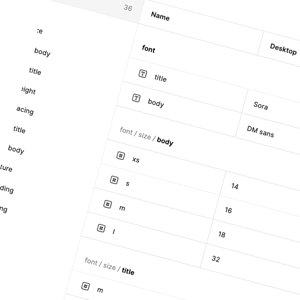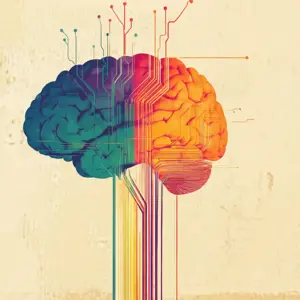
If you've ever seen the DreamWorks animation How to Train Your Dragon, you'll know all about a young boy named Hiccup and the story of how he learned to look at his scaly monster companion differently. In the film, Hiccup learns that dragons are not simply formidable wild beasts; they are organisms that can be understood and trained – and can even become allies.
Perhaps you're unsure of what I'm getting at, so let me explain. In this metaphor, AI models are a little like dragons. At first, transformer-based models like GPT and BERT seem to be complex and untamable. However, with the right approach, they become powerful tools for language interpretation, content generation, and a whole lot more.
In this article, we're taking inspiration from the story of Hiccup, and his dragon – named Toothless, by the way – as we seek to discover how we can effectively train a transformer-based AI model. We'll begin with selecting the right model and follow a step-by-step process through to real-world deployment.
Choosing your dragon: selecting a transformer model
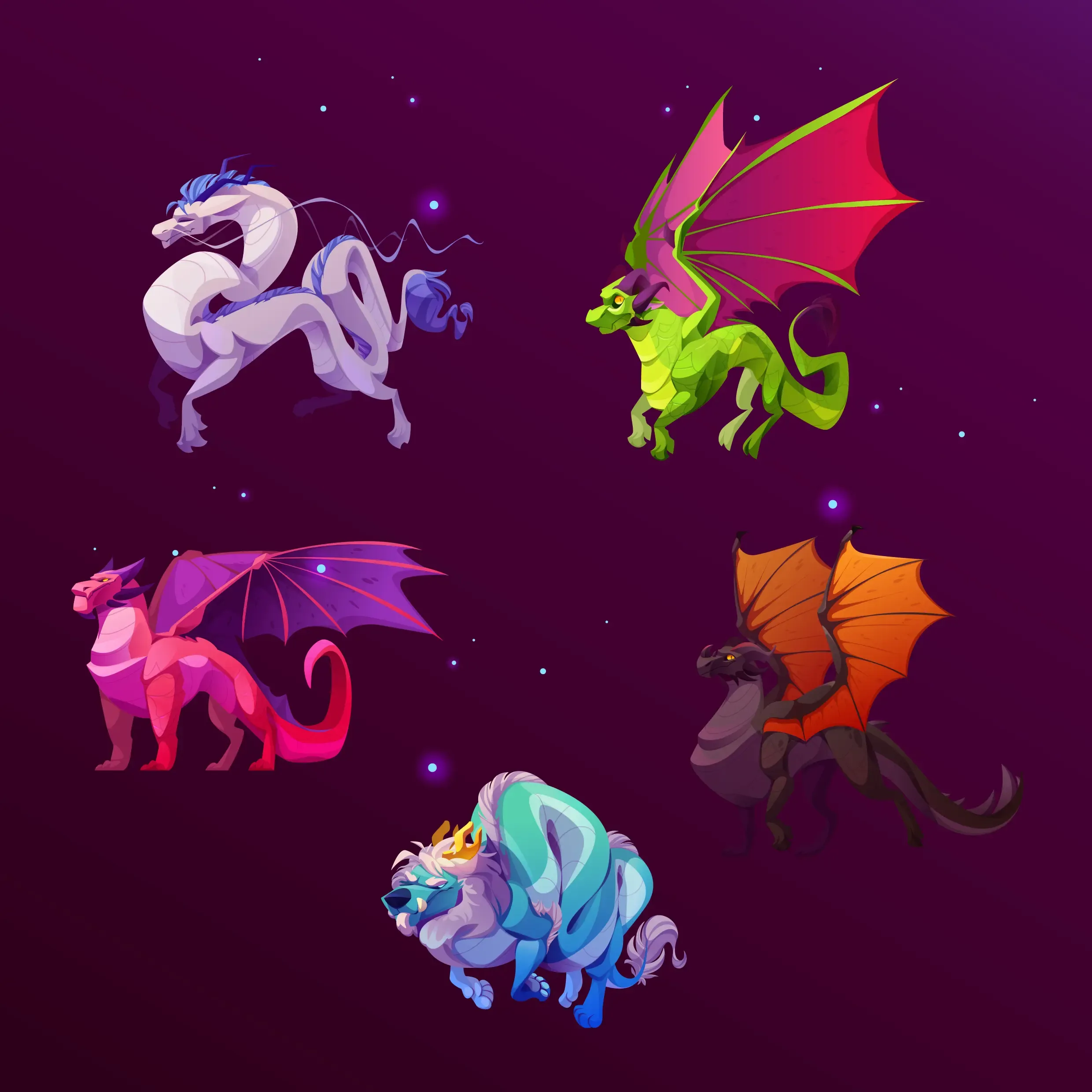
In the film, Hiccup inhabits the land of Berk. Berk is home to lots of different dragons, not just Toothless. Some are fast, others strong, and some are stealthy. Just like this, you've got different transformer models, each with its own attributes.
- BERT (Bidirectional Encoder Representations from Transformers): Great for understanding context in text – for example, sentiment analysis and question answering
- GPT (Generative Pre-trained Transformer): Specialised in generating human-like text, whether in chatbots or in text completion applications
- T5 (Text-to-Text Transfer Transformer): Designed for NLP tasks in which everything is treated as text input or output, such as in summarisation or translation
- LongT5 and LED (Longformer-Encoder-Decoder): Useful for handling longer documents and maintaining contextual understanding over extended text
Just like Hiccup selected the right dragon for his own needs, you need to select your AI model based on the task at hand.
Earning the dragon's trust: data collection & preprocessing

The movie's central idea is that Hiccup does not force Toothless into submission. Instead, he uses understanding and patience to gain his trust. This is exactly the process you'll need to adopt when working with your AI model, and this begins with data collection.
1. Collect only high-quality data
Begin by making sure you are working with the best quality training data – as your model's performance depends on this. You may choose text from books, websites, transcripts, or domain-specific datasets, but quality is key.
2. Preprocess your data
You'll now need to clean the data to make sure it is fit for purpose. Remove any duplicate data, standardise the format, and ensure the data is balanced.
3. Tokenise and encode the data
The final step is to tokenise the data into subwords, such as WordPiece or Byte-Pair Encoding. This enables the model to understand the linguistic structures.
Poor data preparation leads to unpredictable behaviour – not something you want in a dragon, or in an AI model, for that matter.
Teaching your dragon to fly: training the transformer model
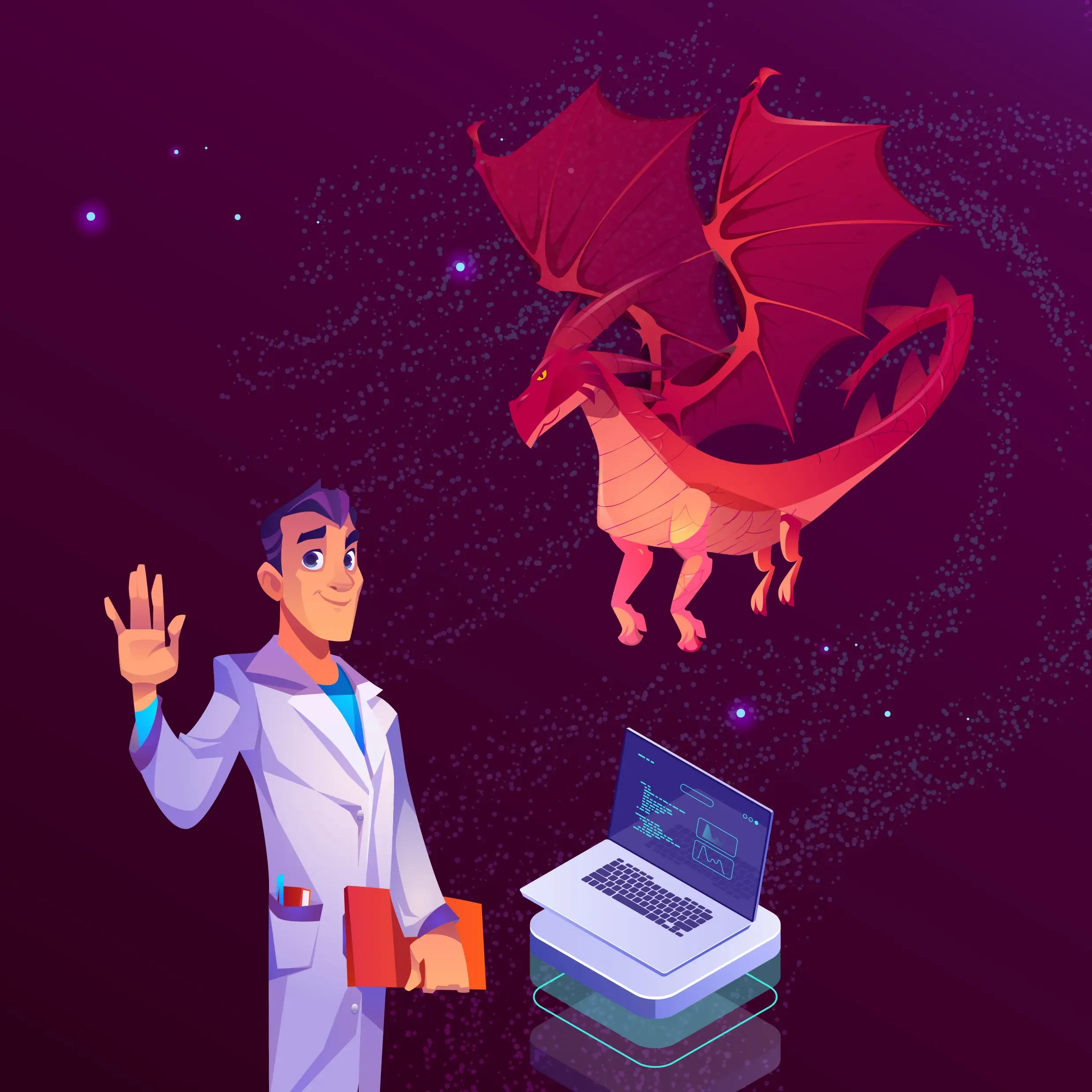
The data provides the foundation for your model, but it's time for the training to begin. Think of this as your mid-movie montage as you give your AI model dragon the skills it needs to do the job.
Fine-tuning vs. training from scratch
It's much easier to train a dragon who has already had a bit of instruction and direction, and it's the same with AI models. If you have a pre-trained AI model, it's relatively easy to fine-tune this model and gear it towards a specific task.
On the other hand, training a dragon from scratch requires a whole lot more effort. If you're starting from the beginning with your AI model, expect to use vast amounts of data and computational power.
If you can help it, aim to use the fine-tuning approach where possible.
Training considerations
Here are a few things to keep in mind during training:
- Hyperparameter selection: Adjust learning rates, batch sizes, and number of epochs to balance training speed and accuracy.
- Avoiding overfitting: Use dropout layers, data augmentation, and early stopping to stop the model from memorising training data instead of generalising it like it should.
- Parallel processing & GPUs: Training large transformers requires hardware acceleration (e.g., TPUs, GPUs). Without sufficient computing power, the training process can be painfully slow.
Facing challenges: debugging & overcoming obstacles
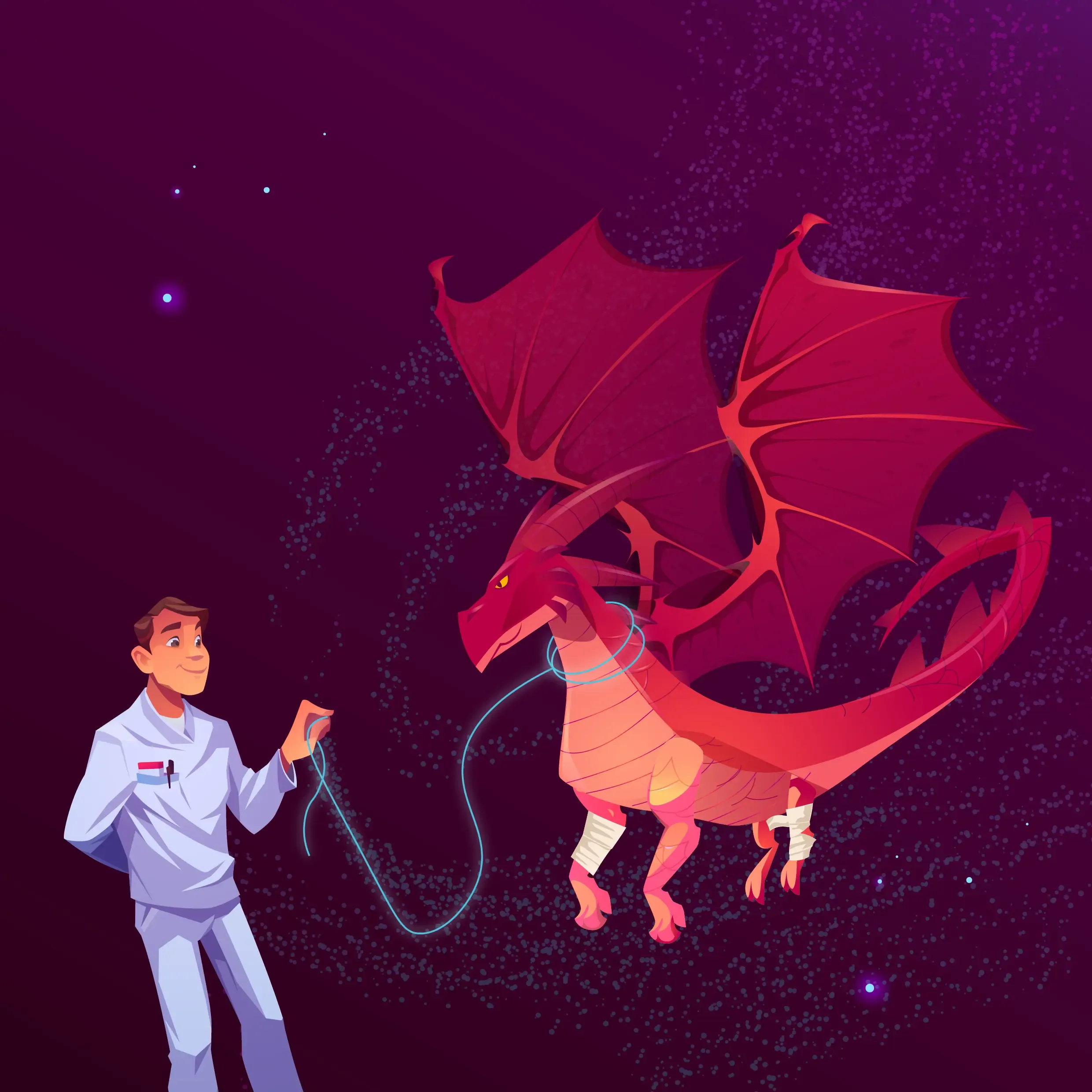
As you might expect from a film like this, there's drama along the way. Not everything goes smoothly with Hiccup and Toothless, and you can expect a few setbacks for your AI model too. These may include:
- Vanishing gradients: If the model struggles to learn, adjusting activation functions or optimisers – using AdamW, for example – can help.
- Biases in the data: If a model generates biased responses, it may be due to skewed training data. Mitigating this requires careful dataset curation and bias correction techniques.
- Hyperparameter errors: Finding the right balance requires experimentation. Just as Hiccup had to find the right way to communicate with Toothless, you may need to tweak your hyperparameters before the model works as it should.
Proving its worth: evaluating the model
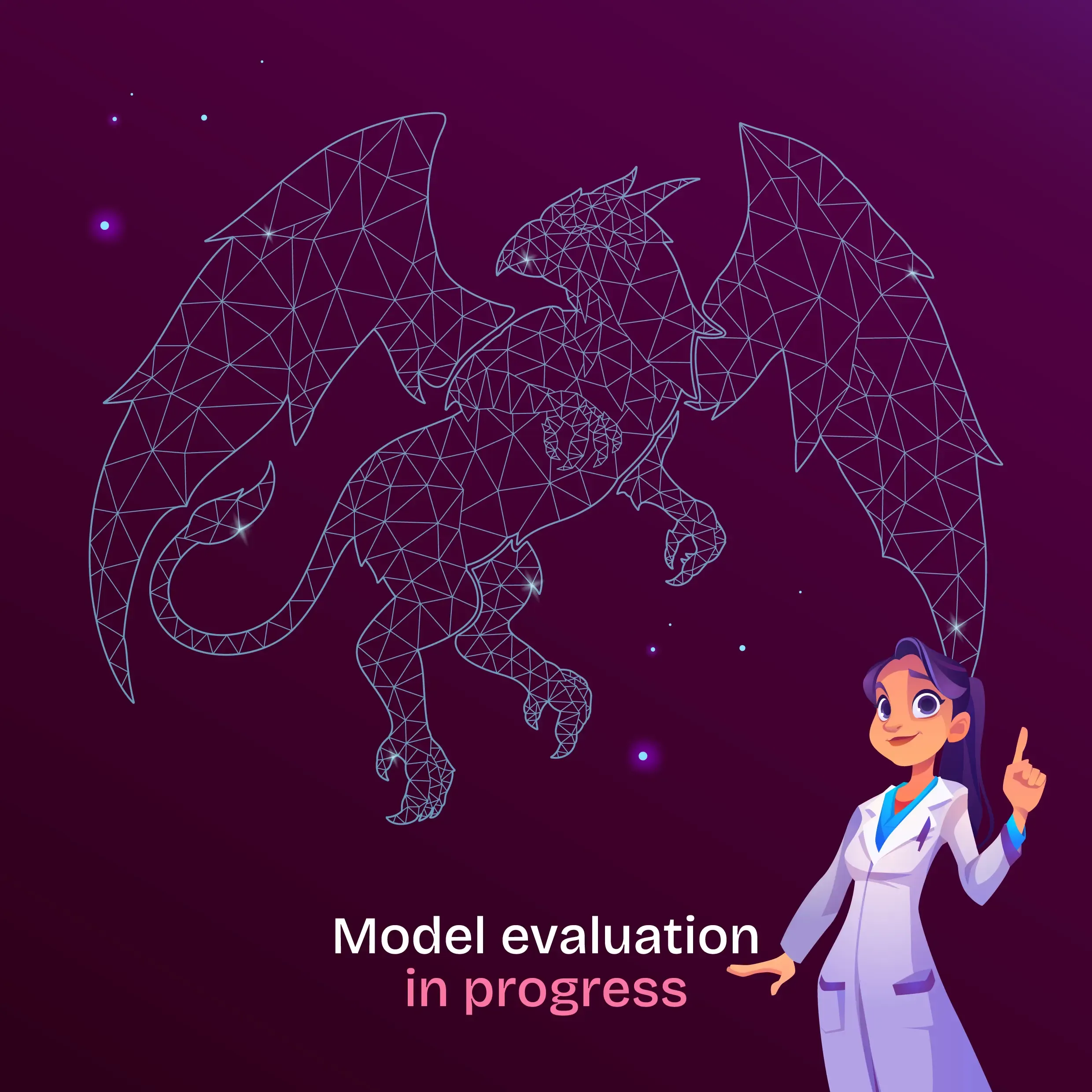
With his training complete, Toothless the Dragon had to show what he could do, demonstrating his capabilities to an audience of Vikings. Your AI model will also need to prove its worth before it is deployed in anger. Here are a few evaluation metrics you can use for this:
- Perplexity: Specifically for language models, perplexity is how well the model predicts text sequences.
- Bilingual Evaluation Understudy (BLEU) score: For translation and summarisation, the BLEU score compares the generated text to reference outputs.
- F1-Score, Precision, Recall: Used in classification tasks, this ensures a balance between false positives and false negatives.
A/B testing is a useful asset here, as it gives you a clear demonstration that your changes have been effective. Real-world validation is also important – this will help you ensure that your AI model is able to meet application-specific requirements.
Unleashing the dragon into the world: deployment & monitoring
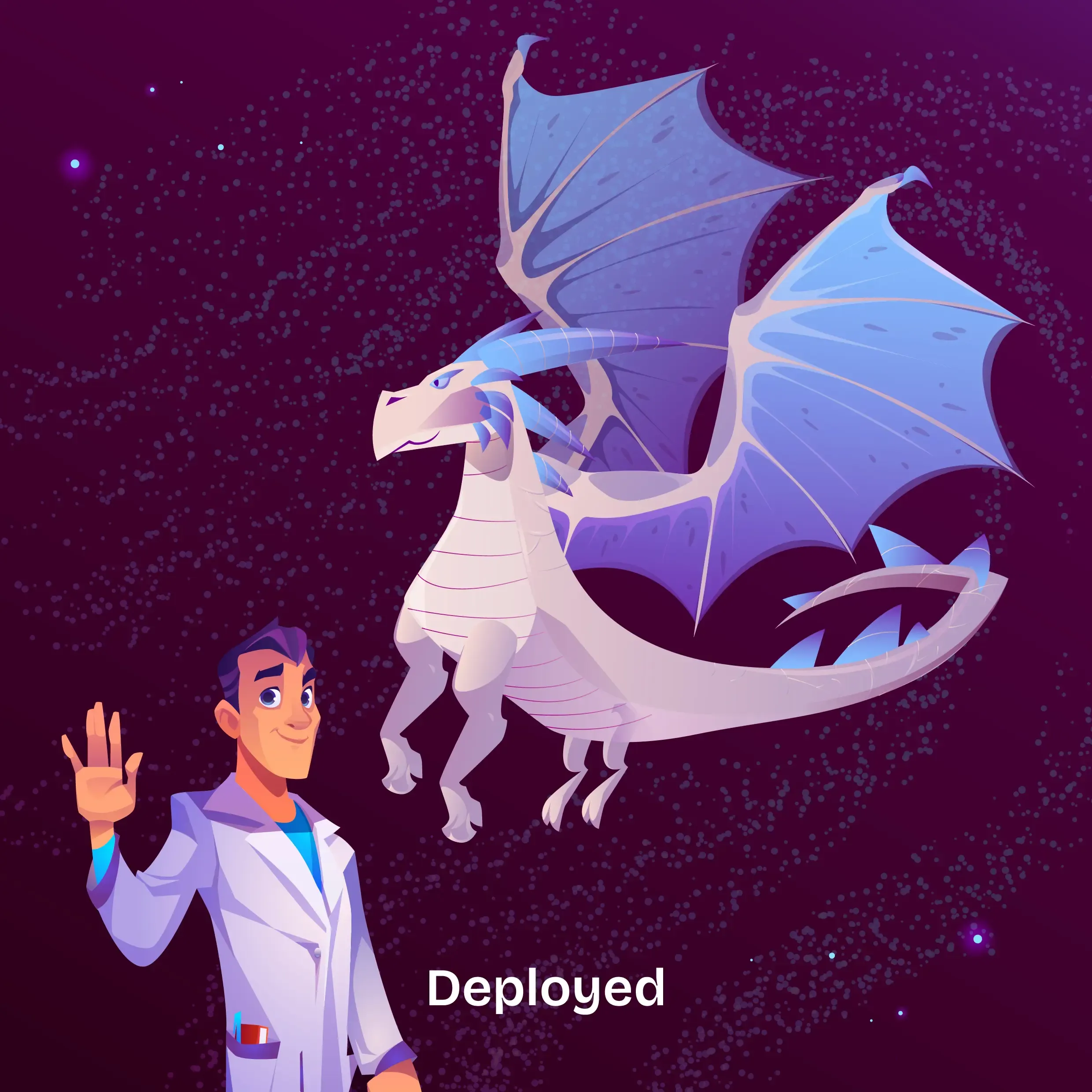
Even after Toothless the Dragon has been accepted, his adventure is far from over. He keeps on learning – he adapts and evolves. The same is true for your AI model.
Deployment considerations
As you unleash your AI dragon, there are a number of things you can do to give you the best chance of success:
- Containerisation with Docker: This ensures the model runs consistently, even across different environments.
- Serving with APIs: Exposing the model through REST or WebSocket APIs makes it accessible to applications that need to interact with it.
- Achieving scalability with cloud services: Hosting on platforms like Azure ML, AWS SageMaker, or Google Cloud AI ensures scalability.
Post-deployment monitoring
Even after your AI model is operating in the wild, you'll need to keep on monitoring it:
- Drift detection: Monitor how real-world data affects model performance over time.
- Continuous retraining: Regular updates ensure the model remains effective.
- User feedback loop: Incorporating human feedback refines performance further.
The sequel: continuous learning & adaptation
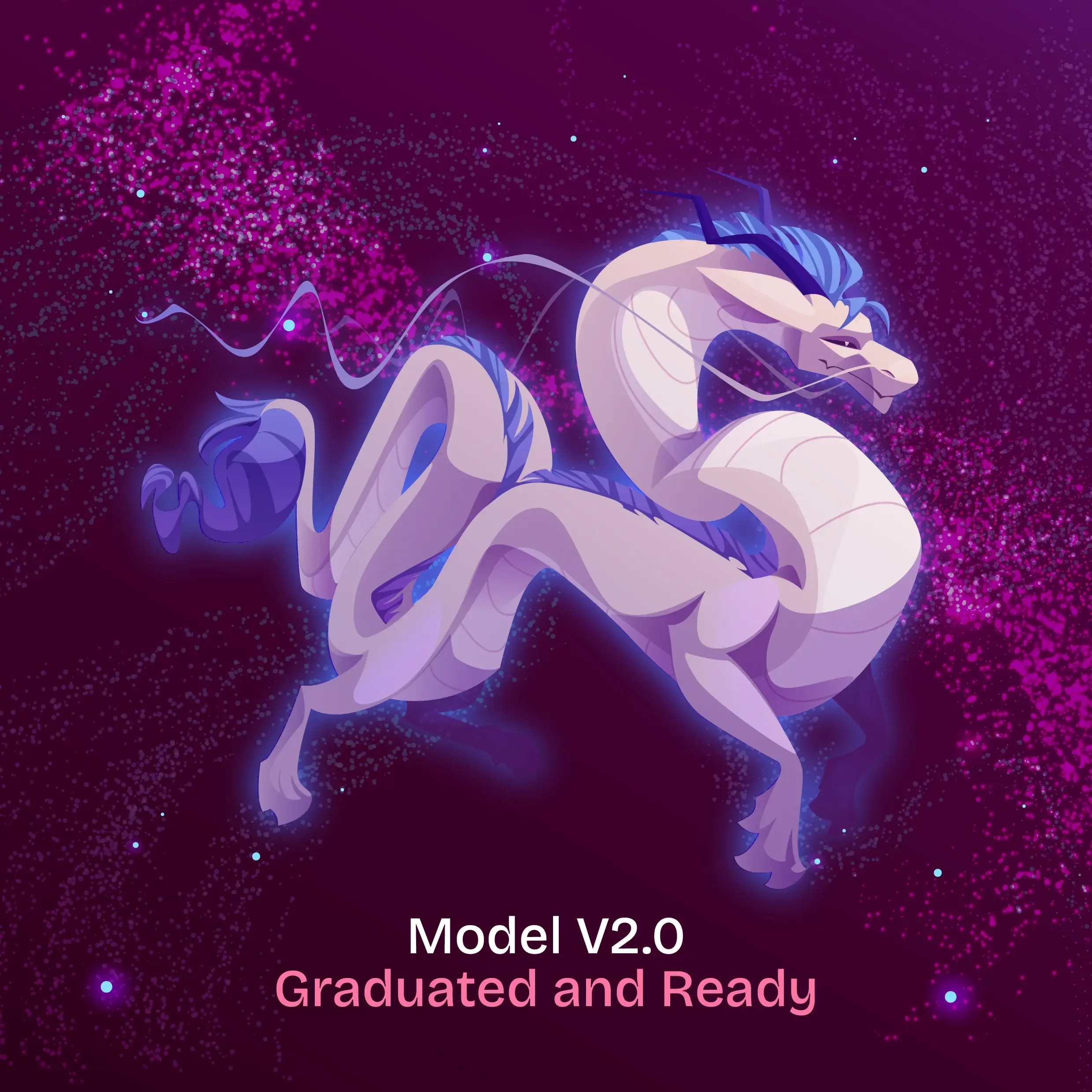
You may be aware that How to Drain Your Dragon is not a one-off movie – it's an ongoing saga. And yes, you guessed it, your own journey doesn't stop here. Continuous improvement ensures your AI model keeps on growing and evolving. The following techniques will help:
- Transfer learning: Adapting the trained model for different but related tasks.
- Active learning: Letting the model request human input for difficult cases.
- Federated learning: Training across multiple devices without centralising data.
Conclusion: taming the AI beast
Hopefully by now, you've got a firm grasp of the metaphor we've been pursuing throughout this article, and hopefully you agree it's an appropriate one – training an AI model really is like training a dragon. It requires patience, the right inputs, and a considered strategy. And if it goes right, the results will be something incredible to behold.
Similar to how Hiccup and Toothless transformed their own world, AI has the potential to reshape digital experiences for now and way into the future – but only if we train it properly!
Want to learn more about AI-driven solutions? Contact us to explore how AI can enhance your digital products.










